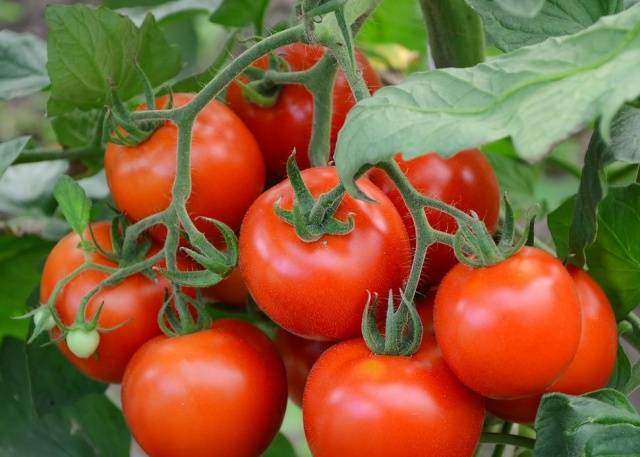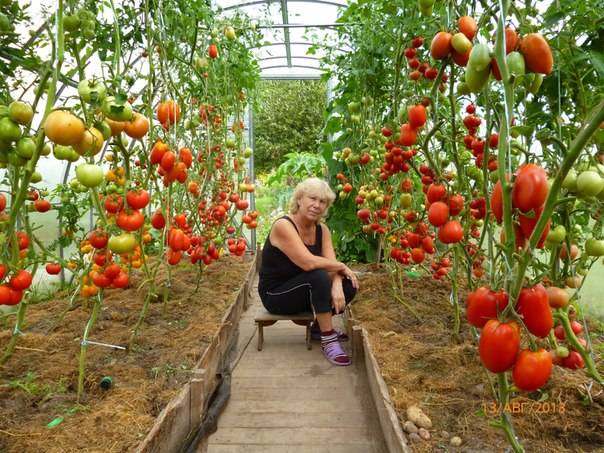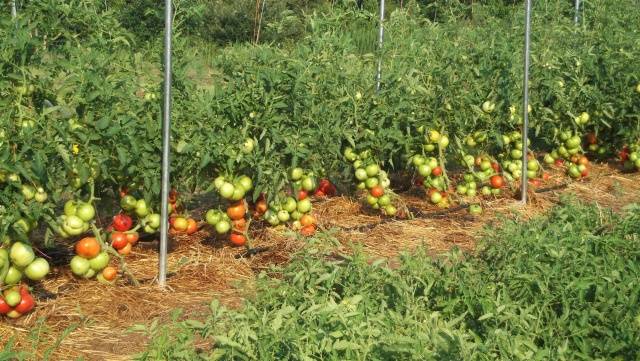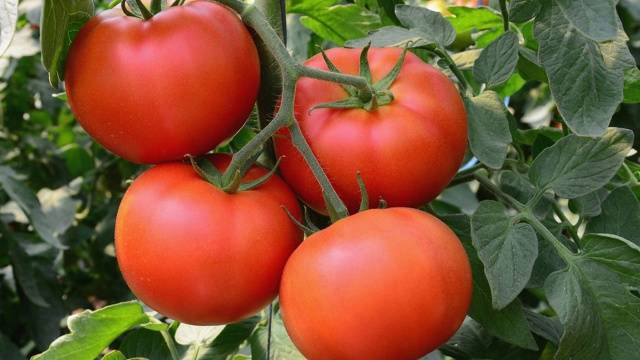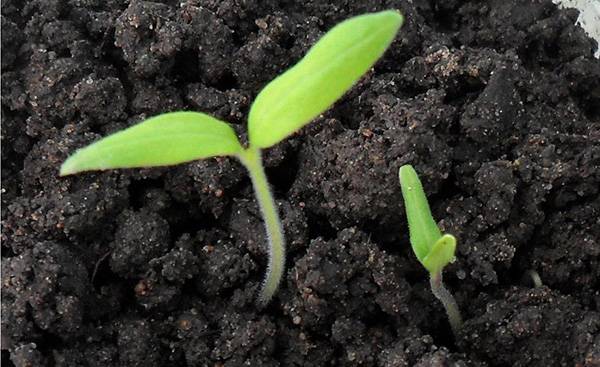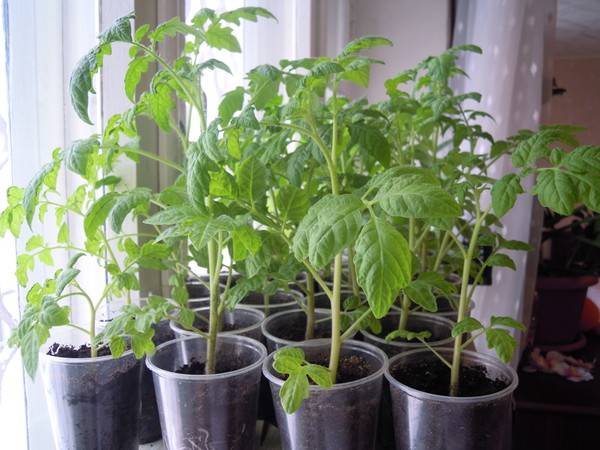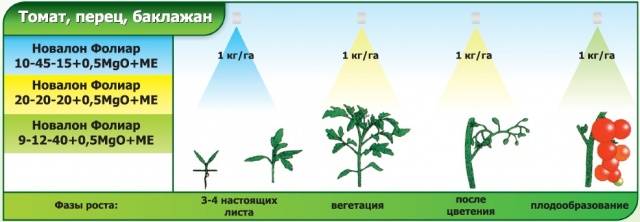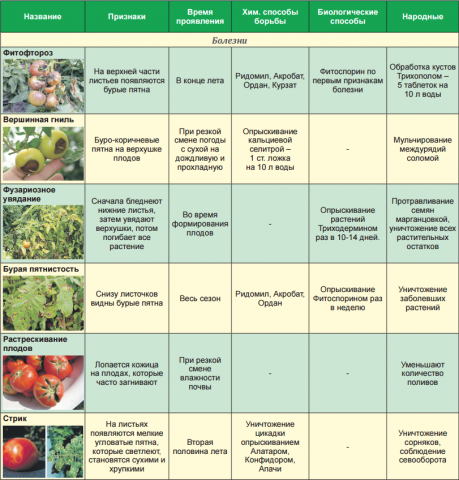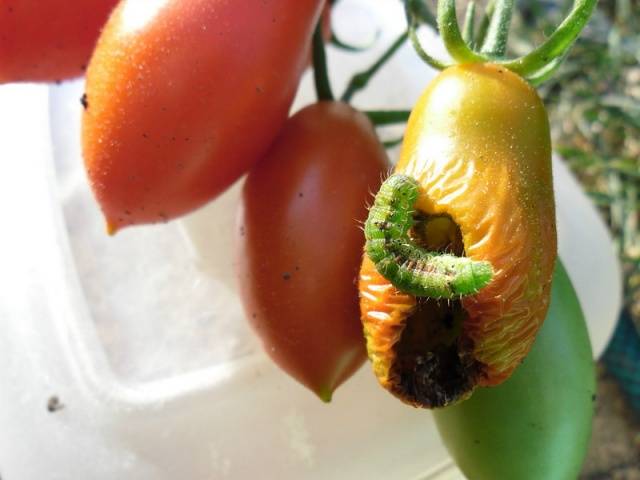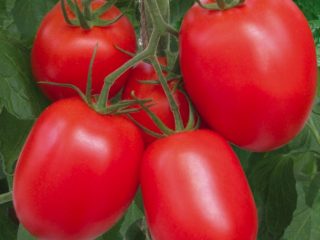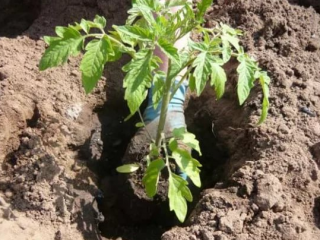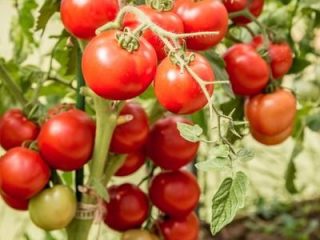Content
Most of the gardeners of the Moscow region try to grow tasty and healthy tomatoes on their plots every year. Someone successfully succeeds, while someone regularly fails in the struggle for the harvest. There may be many reasons for this, but, as a rule, the failures of farmers are associated with the violation of some important rules for the cultivation of tomatoes, because the delicate and painstaking process of cultivation must take into account not only the peculiarities of the culture, but also the climate of the region. Real spring warmth comes quite late to the Moscow suburbs, and autumn is not long in coming. The relatively short summer period makes the gardener pay more attention to the choice of tomato variety and the conditions for growing vegetables.
Greenhouse or open bed: pros and cons
The Moscow region cannot be called a paradise for a gardener, especially when it comes to growing such a thermophilic crop as a tomato. Unfortunately, tomatoes that arrived in the domestic open spaces from distant South America do not grow at temperatures below +100C. Under such conditions growing tomatoes in the open soil in the Moscow region it is possible only by the end of May, when night temperatures overcome the established indicator. The greenhouse allows you to speed up the process of growing tomatoes, since favorable conditions are established in it 2-3 weeks earlier. At the same time, there is no unequivocal opinion among farmers about where to grow tomatoes, since each of these options has its own advantages and disadvantages:
- The greenhouse allows you to plant tomato seedlings earlier and get a harvest of vegetables. In greenhouse conditions, plants do not experience sharp jumps in night and daytime temperatures; they are not afraid of short spring and autumn frosts. However, greenhouse conditions are favorable not only for growing tomatoes, but also for the development of harmful microflora, fungi and bacteria that cause diseases in tomatoes, causing damage to plantings and crops. The greenhouse gets very hot during the daytime, and the temperature can only be reduced by ventilation. If it is installed in a country house, remote from the place of permanent residence of the owners, then it is not possible to regularly open and close doors and vents, which means tomatoes in the greenhouse with a high probability they will simply burn out.
- Open ground "sets" tough terms for growing tomatoes for the farmer, since spring frosts and autumn chills can destroy tomatoes in the beds. The rainy weather in the Moscow region in summer and the early arrival of autumn provokes the development of phytophthora, which damages plants and fruits. At the same time, open ground solves the issue of pollination of tomatoes, does not require financial costs for the purchase of materials, partially solves the issue of watering tomatoes. To eliminate the likelihood of spring freezing of tomatoes in unprotected conditions, you can use a temporary shelter on arcs. Open ground is the only correct solution for growing tomatoes in the garden without regular supervision of the owners.
Such contradictions are the basis for discussions among farmers. Moreover, each gardener of the Moscow region decides for himself in what conditions to grow tomatoes. Having chosen a suitable cultivation option, you need to choose the best variety that is zoned for the area and can bestow the farmer with a large number of tasty tomatoes when grown under the given conditions.
How to choose a variety of tomatoes for the Moscow region
It is necessary to choose a variety of tomatoes, starting from the selected growing conditions, the desired yield, early ripening of fruits:
- In a heated greenhouse in the Moscow region, you can get an early harvest of vegetables in early May. To do this, you need to choose an ultra-early ripening variety, the type of bush of which will be standard or determinant. Good examples of such varieties are Boni-M, Liana, and Pink Leader.
- In the greenhouse conditions of the Moscow region, you can get a record yield of tomatoes by choosing an indeterminate variety. Such tomatoes will grow and bear fruit until late autumn, giving up to 50 kg / m2 vegetables for the whole season. It should be borne in mind that it is impossible to get a harvest of fresh vegetables early from indeterminate tomatoes. The ripening period of their fruits is long. Good indeterminate tomatoes are President, Tolstoy f1, Mikado Pink.
- For open ground in the Moscow region, you should choose medium and low-growing tomatoes with a short ripening period. This will make it easier to care for mature plants and will allow you to harvest in full before the fall cold weather. In this case, the choice of the consumer can be offered the varieties "Yablonka Rossii", "Dar Zavolzhya", "Fighter".
By choosing the right tomato variety for the Moscow region, you can achieve your goal, be it high yields or early production of vegetables. However, when choosing a variety, it will be useful to pay attention to the resistance of tomatoes to diseases, in the case of growing vegetables in a greenhouse, and unfavorable weather conditions, if it is planned to get a harvest on open plots of land. The choice of taste, shape and size of tomatoes depends largely on the purpose of the vegetables and consumer preferences.
Is it possible to do without seedlings
It is generally accepted that cultivation tomatoes in the suburbs possible only in seedlings. However, many people forget that it is possible to grow tomatoes by sowing seeds in the ground in the presence of a greenhouse. To do this, it is necessary to maintain the temperature above +150C. Germinated and antiseptic-treated tomato seeds are sown, 2-3 pieces in each well. After the plants gain strength, one weakest seedling is removed. It is worth noting that this growing method is applicable for early ripening varieties, the seeds of which I sow in the ground at the end of April. If you have a heated greenhouse, you can sow tomato seeds much earlier.
The seedless method of growing tomatoes is advantageous, since for its implementation there is no need to occupy the windowsills with pots of tomatoes. At the same time, tomatoes do not need to be dived and planted, which means that there is no probability of damaging the roots during transplantation, tomatoes will not experience stress when conditions change and slow down their growth. An example of a seedless growing tomatoes can be seen in the video:
In the absence of the opportunity to grow tomatoes by sowing seeds in the ground, many gardeners traditionally grow seedlings on their windows in the spring. For this, a nutrient substrate and containers with a drained bottom are purchased or prepared. The soil for tomatoes should be light, its composition is balanced, which is why peat, sand and wood ash must be added to the garden soil, which can be replaced with superphosphate and potassium nitrate. It is preferable to plant tomato seeds immediately in insulated containers, otherwise, at the age of 2-3 weeks after germination, the tomatoes will need to be dived.If the growing containers are made on a peat basis, then when planting, the roots of the tomatoes will not need to be removed, which means that the tomatoes will receive a minimum of stress.
Care for seedlings of tomatoes and tomatoes sown with seeds in the ground is the same. Plants require watering and feeding. Tomatoes are rarely watered, as the soil dries. Top dressing for the entire period of growing seedlings should be done at least 3 times. Tomatoes are planted at the age of 40-45 days. Seedlings should be planted in open ground in late May or early June, depending on weather conditions.
Tomato care
It is necessary to plant tomatoes in a greenhouse and on open ground in beds, the soil of which contains a complex of nutrients, including organics and minerals. Prepare the substrate in advance by adding rotted manure (5-7 kg / m2), superphosphate (40-60 g / m2) and potassium nitrate (30-40 g / m2). The ridges are made on loose soil, dug to a depth of 25-30 cm.The width of the ridges should be about 1.5 m.This will allow the tomatoes to be planted in 2 rows, the distance between which will be at least 60 cm. Tomatoes can be planted staggered or parallel, at a distance of at least 30 cm from each other.
Watering tomatoes should be regularly 1 time in 2-3 days in large quantities. Excessive regular watering can lead to rotting of the tomato root system. It is possible to saturate the roots of tomatoes with oxygen and prevent the development of fungal diseases by loosening the earth to a depth of 5-6 cm.
You need to feed adult tomatoes once every 2 weeks, using various mineral and organic fertilizers. At the initial stage of growing tomatoes, it is preferable to add substances with a high nitrogen content; after the appearance of ovaries, tomatoes need potassium and phosphorus. An approximate feeding schedule can be seen in the table below. The composition of dressings and their regularity for tomatoes in the open field and in the greenhouse is the same.
Growing tomatoes in the open ground or in a greenhouse can be carried out using complex preparations, which, in addition to nitrogen, potassium and phosphorus, contain additional trace elements. One of such complex preparations is Novalon. This fertilizer can be found in various formulations to suit the particular stage of tomato growing.
The formation of bushes is in many ways the basis for a good tomato harvest. By removing stepchildren and greens from the bushes, you can direct the nutrients and energy of the plant directly to the fruits, accelerating their ripening, improving filling and taste.
The formation of tomatoes consists of pinching, pinching and removing the lower leaves. Bushes are formed depending on their type. Examples of the formation of tomatoes in one, two and three stems are shown in the photo:
High humidity and temperature in the greenhouse, lack of normal air circulation often provoke the development of fungal, bacterial and viral diseases. To prevent infection of tomatoes, you can use preventive treatments with drugs from the category of fungicides or folk remedies. Among folk remedies, an aqueous solution of serum (1: 1) shows high efficiency. More information about protecting tomatoes from disease can be found in the video:
Growing tomatoes in the open ground of the Moscow region, you can also encounter some diseases, more often this late blight, which can be dealt with by the methods described above. The development of late blight is facilitated by high air humidity and sharp temperature fluctuations, therefore, when observing such conditions, it is necessary to take care of the preventive protection of tomatoes.
It is worth noting that tomato infection occurs when bacteria, viruses, fungus enter the damaged skin of the plant.The carriers of pathogens can be insects, wind, water droplets. In general, tomato protection can be ensured by following some growing rules:
- watering tomatoes can only be at the root;
- form tomatoes only in the morning of a sunny day, so that the wounds on the skin dry up by evening;
- it is necessary to feed tomatoes regularly in compliance with the dosages of various substances;
- additionally, you can support the immunity of tomatoes with the help of special biological products ("Baikal", "Epin").
Tomatoes can be harmed not only by microbes and bacteria that are invisible to the eye, but also by pests that eat the leaves, fruits and roots of tomatoes. In the Moscow region, this problem is also common: aphids can flaunt on tomato foliage, scoop larvae can flaunt on the fruits, and tomato roots can become an appetizing food for May beetle larvae. You can fight them by installing various traps or spraying with special preparations. At the same time, there is another very simple and effective way of pest control: combined planting of plants. So, next to the tomatoes, you can plant beautiful marigolds, which with their smell will drive away most of the harmful insects.
Unfortunately, the Moscow region cannot boast of the most favorable climate for growing tomatoes. However, competent and diligent farmers cope with this difficult task, even on open plots of land. With a rational choice of a variety of tomatoes and compliance with all growing rules, even a rainy summer will not prevent the gardener from getting a good harvest of vegetables. Thus, we can conclude that the main secret of growing tomatoes is the knowledge of the farmer.
